Bronze animal sculpture has been a part of the artwork that we design and make since the beginning. Animals, birds and fish bring a vitality to sculpture that is different from non-sentient beings. In a room with animal sculpture – whether wood carving or metal or lacquer - I feel the animal's presence and believe that it brings a calm and sensual energy; like breathing into a space. Interior designers also love this extra dynamic.
Animals were a source of myth and legend and folk tales in all cultures since the earliest times. They live in our sub-conscience in ways that are richer and more symbolic than their incredible biological and visual variety.
Lost wax bronze toad by Alexander Lamont
The frog and toad are beautiful creatures living between the water and the land. The frog is revered in Japan as it shares the name ‘kaeru’ with the word meaning ‘to return’ in Japanese. So they are seen as bringing good luck, money, friends and all good things back. The frog and toad live in my memory from the wonderful classic English characters of Jeremy Fisher by Beatrix Potter and Toad of Toad Hall from The Wind in the Willows that were read to me by my mother and that I read to my children. In Siberian legend it is believed that the world is supported by a frog lying on its back while in the Rig Veda of ancient Hinduism, it is the back of the frog that the world rests upon. From a sculptural perspective, frogs and toads are beautiful, lithe, textured forms that can be captured in many ways from moving to climbing to thoughtfully sitting.
Pair of ravens in bronze from Alexander Lamont's 2015 collection
The Raven is a large black bird found in many places in the world. In England where I grew up it holds a fabled place in history since the time of King Arthur, who fought Saxon invaders in the 5th and 6th centuries. This early period preceded Christianity and in the Arthurian legends ravens were seen as fighting on the sides of the righteous in various chronicles such as The Dream of Rhonabwy. The importance of ravens to the English is also reflected in the breeding and keeping of ravens in the Tower of London. Originally brought to the tower to enhance this ominous place of executions, the ravens are now protected as it is believed that the disappearance of the ravens will herald the fall of England. Indeed Winston Churchill made sure that their numbers were maintained during the German attacks on England in World War 2. In Japan the raven is seen as the messenger of Ameratsu, the most important Shinto deity and in Norse myth the raven was the messenger of Odin, bringing him news from across wide lands so that his rule could grow stronger. I love the black image of the raven expressed in bronze; its inky character and fine jet feathers.
Pair of quail in bronze by Alexander Lamont
The Quail was the lowest (ninth) rank in the Imperial scholars system in China during the Ming (1368-1644) and Qing (1644-1912) dynasties. This system allowed anyone in the Empire to take formal tests and acquire positions of rank that were required to rise in Chinese society. Higher ranks included the Mandarin Duck and Wild Goose while the highest (first) rank was the Crane. In China the Quail signifies courage and was regarded as a bird related to the Phoenix. The Quail also features prominently in Greek myths and was a bird sacred to Apollo and was believed to be immune to poisons. On a purely aesthetic level, the quail is a beautiful curvaceous bird and sculpting my bronze quail with its smooth form while walking was an exercise in the creation of an object of grace and poise.
Koi carp wall sculpture in bronze by Alexander Lamont
The Koi fish is a beloved creature in China but particularly Japan. The fish has been made by many famous sculptors in all materials. In China the word ‘Yu’ is the homophone for the word ‘abundance’ so it is a strong symbol for wealth and prosperity. In Japan they have become one of the symbols for the country itself. The Koi in Japan is a symbol of courage and perseverance as its migration patterns require it to climb fast moving rivers against the current. As an object the Koi is a beautiful shape with a wonderfully scaled skin and iridescent surface. I have made Koi in many shapes and sizes and the full size group of five are among our best-sellers and have been used in their hundreds across walls or in small groups in house niches.
Bronze Fantail sculpture from Alexander Lamont's 2015 Editions collection
The Goldfish is related to the carp and also symbolizes ‘all good things’, especially in cultures where gold is important. They were first domesticated in China thousands of years ago and during the Tang dynasty (960-1279) it became popular to keep goldfish in outside ponds. Only during the Ming dynasty (1368-1644) did people begin to bring goldfish inside the house. They were introduced into Japan via China in the sixteenth century where they became very popular and were kept only by the aristocracy and samurai. In southern Europe they were treasured and were often given by husbands to their wives on the one-year anniversary to symbolise their growing prosperity together. In my goldfish I have sculpted exaggerated fantails that display their wonderful undulating filament tails in moving water.
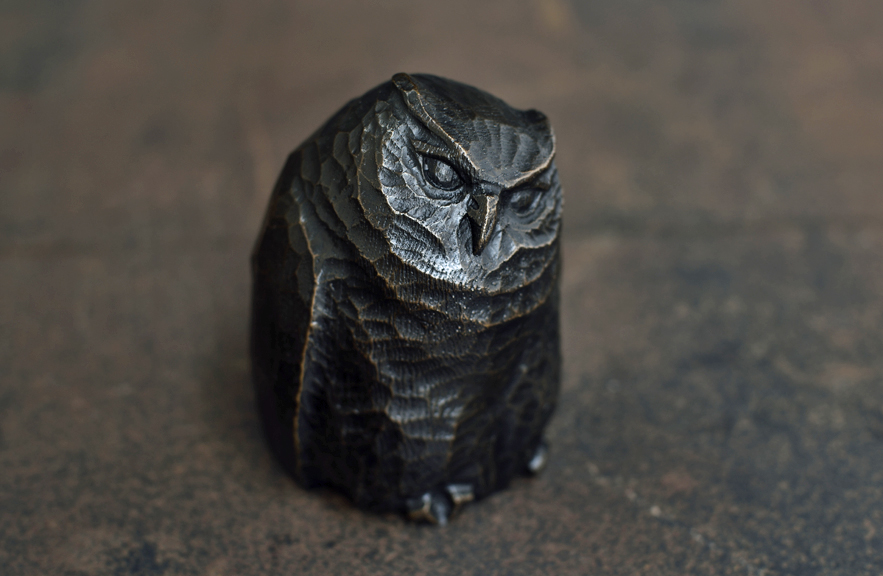
Bronze Owl by Alexander Lamont
Finally in this blog I have a new addition to the menagerie. Throughout history and across many cultures, people have regarded Owls with fascination and awe. Few other creatures have evoked so many different and contradictory beliefs about them. Owls have been feared and venerated, despised and admired, considered wise and also foolish, and associated with witchcraft, medicine, the weather, birth and death. When I was growing up in rural England there was a barn owl that would hoot when everything was dark and silent and I found the sound exotic and melancholy. My small owl was carved in wood before being cast in bronze. I love the way the rough facets created by the chisel and the exposed wood grain evoke the feathers. It has a wise cocked expression.
These bronze sculptures of animals, birds and fish all aspire to capture something of the spirit of the being, exuding the special historical, physical, mythical and aesthetic significance of each one.
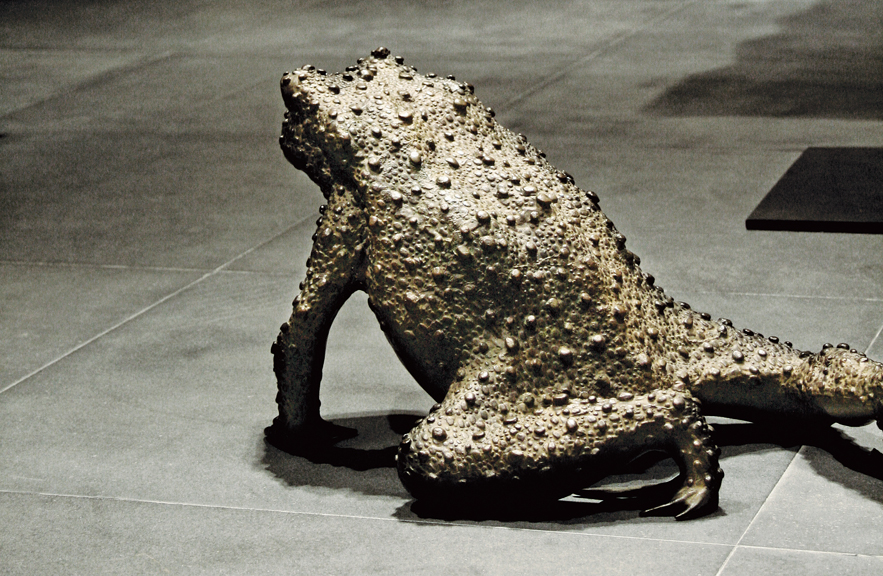
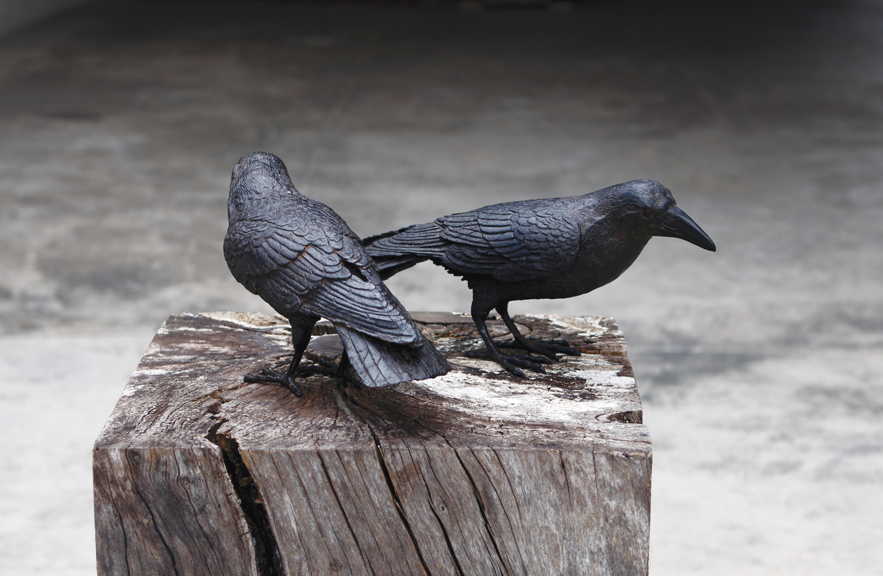
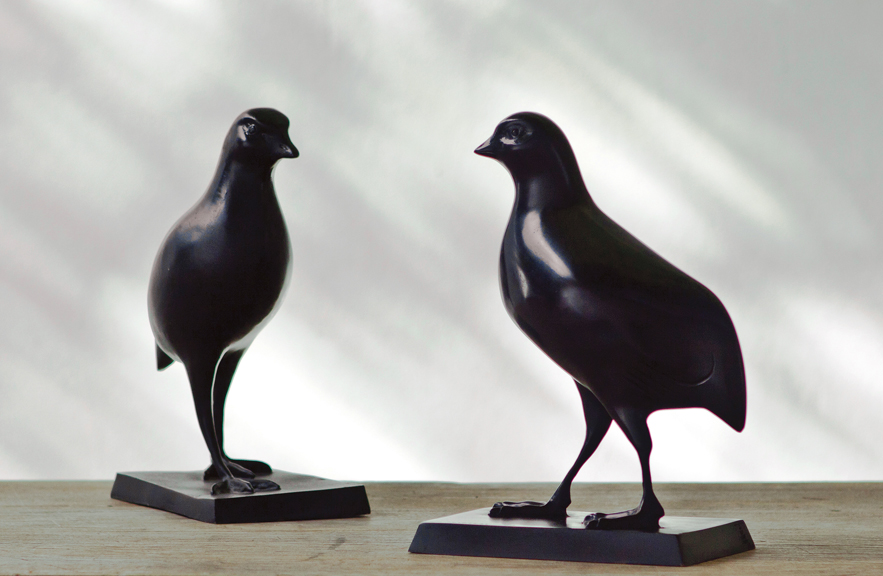

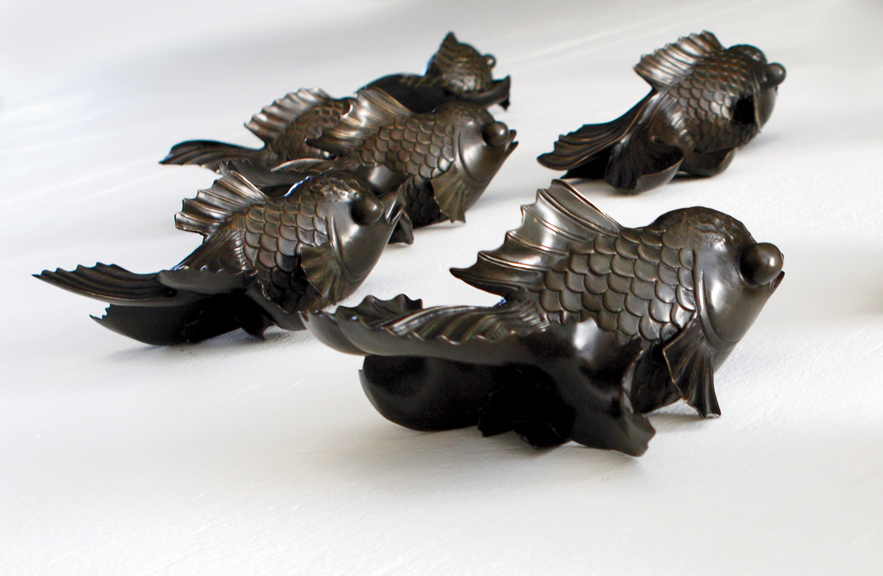
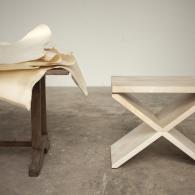


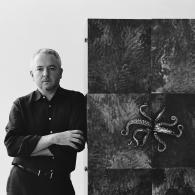
Comments
Susan Petch replied on Permalink
webmaster replied on Permalink
Add new comment